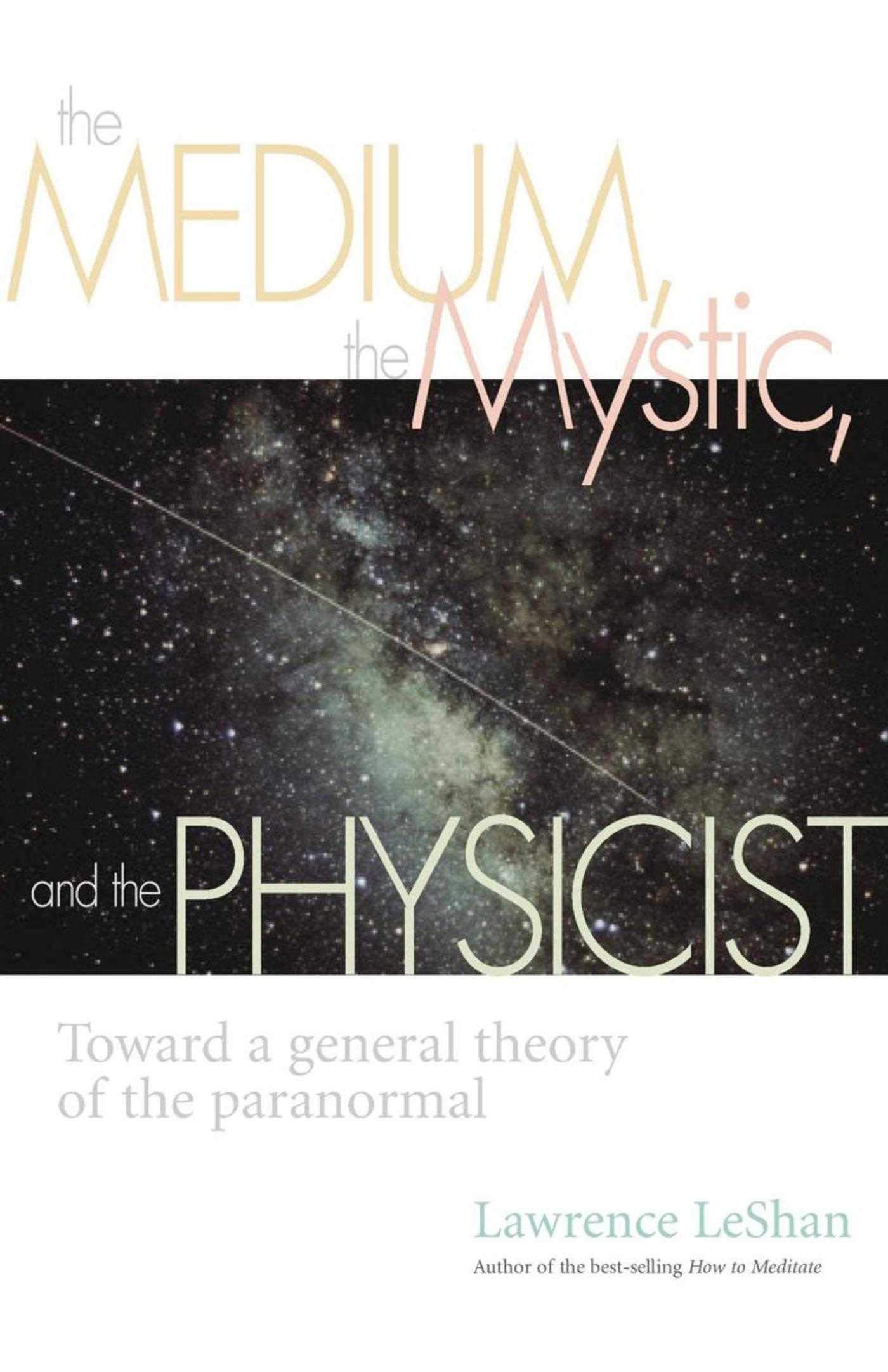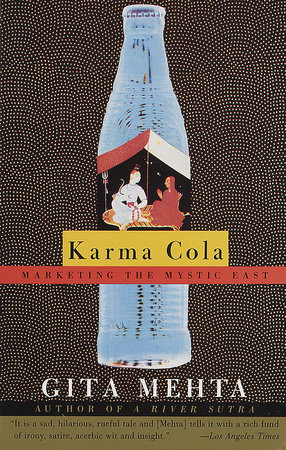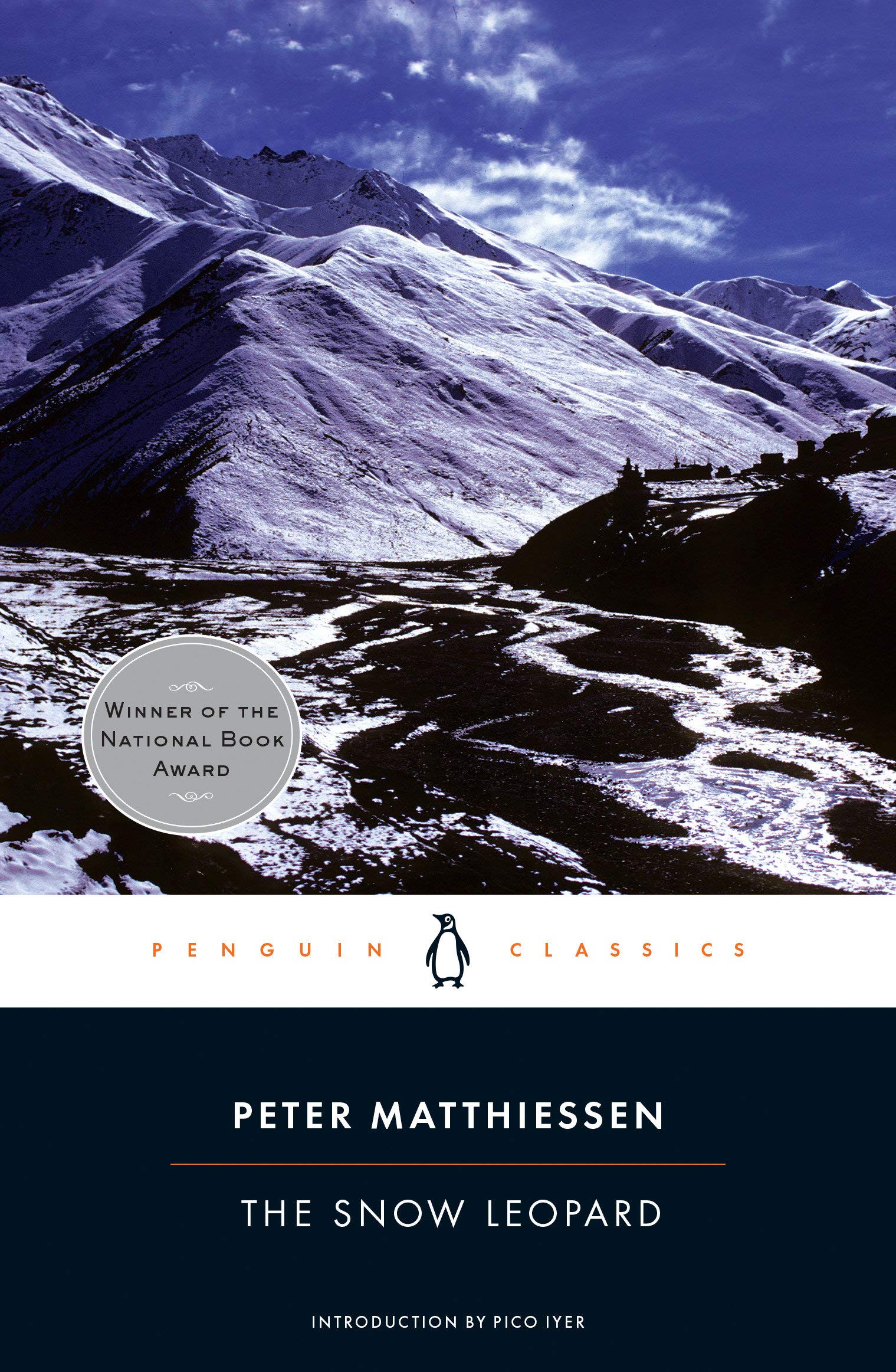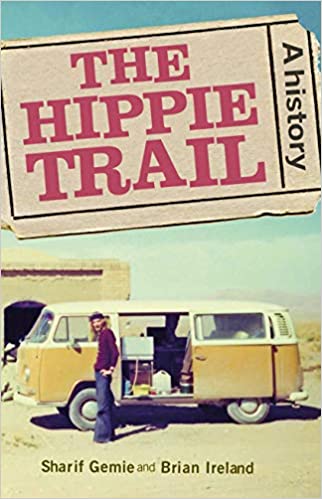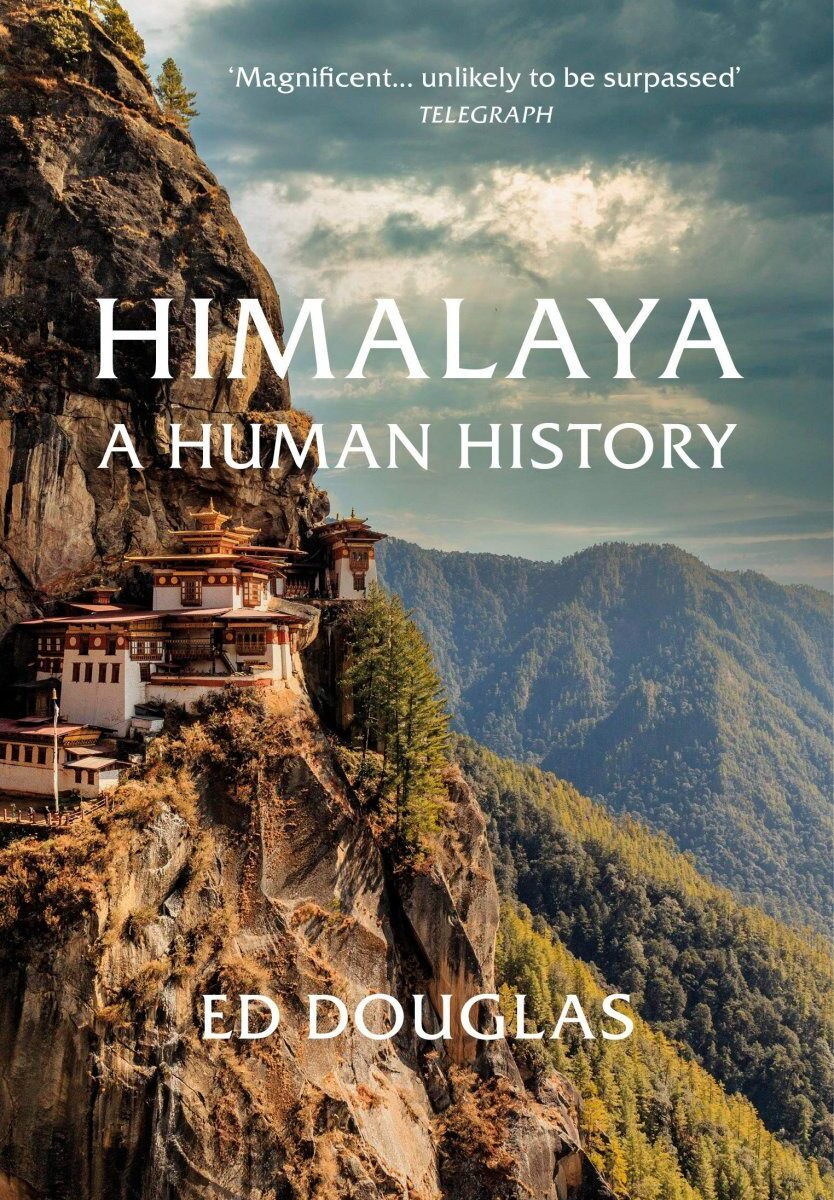Lawrence LeShan, The Medium, The Mystic, and The Physicist: Toward a General Theory of the Paranormal (1974)
Lawrence LeShan was a researcher into the paranormal who claimed to practice and teach psychic healing. He seems to have worked in good faith, attempting to maintain a level of scientific scepticism and rigor, although whether he achieve that is open to question. He’s largely forgotten now, but he’s important to me because he was my grandmother Shirley Winston’s Ph.D. mentor and the one who taught her psychic healing, a practice she continued for some years (my father and his mother both attested to her success at it for specific ailments).
Like many before him, LeShan tried to put paranormal rsearch on a sound scientific footing, and like many before him, he seems to have failed. I’ll lay out his theory first, then talk about where it falls short, and lastly how all this is related to my research on India and Nepal and my own travels there.
The theory
LeShan starts by crediting reports and studies that show evidence of clairvoyance — knowledge the medium had but should not have had, either about the future or about some distant situation — and of psychic healing, where recovery from illness was outside the bounds of normal medicine. Assuming that there are enough such reports that these phenomena can be considered real, he proceeds to explain them with a kind of analogy to the theory of relativity in physics.
To start, he explores how clairvoyants and healers describe the experience of doing what they do. This, he shows, is similar to how mystics across time and cultures have described their experiences. They feel a sense of the oneness of all things, of connection to all beings, of abiding love, of timelessness, of there being no right or wrong in the ordinary sense because all is as it should and must be. LeShan decided to take these mystics at their word, and he describes this alternate way of seeing reality as the Clairvoyant Reality. In that reality, paranormal activity should be possible beause time and distance are collapsed and all things are interrelated.
To bolster the case for this Clairvoyant Reality, LeShan turns to modern physics, particularly relativity theory, which posits time as a dimension and the fabric of the universe as a kind of vast field. He demonstrates that the writings of physicists, in attempting to explain this strange new world, are often indistinguishable from the writings of mystics. And if it’s true in physics that time is relative and that all things are connected, then why should it not be true of the Clairvoyant Reality?
The problems
First, LeShan takes it as given that paranormal experiences are real, but this has been notoriously difficult to prove in any consistent way. For now, let’s leave that aside as both the most serious and least interesting deficiency in his theory.
Second, LeShan assumes that what mystics are describing is an external reality, not an internal one. He does raise the possible objection that these are all internal experiences, but dismisses it quickly without exploring it. But unless there’s some other physical evidence to support the existence of what LeShan calls the Clairvoyant Reality (as there is, amply, for the theory of relativity), why not assume that what mystics across time and cultures have experienced is similar because it has a similar biological root in our brain structure?
As for the analogy to physics, it falls flat. The evidence for relativity isn’t our ordinary everyday sense data, in that it’s collected by scientific instruments, but it’s sense data in our ordinary reality, not in some other reality. Nor is it surprising that scientists, struggling to describe the peculiar ways the universe works on scales either too large or too small for ordinary human comprehension, should turn to some preexisting language as metaphor, and the preexisting language for discussing vastnesses beyond ordinary comprehension is that of mystics.
It’s important to remember that this is how physicists talk to lay people about physics. I remember figuring this out in college, when I took Physics for Poets (yes, it was really called that) to meet the science requirement. I was struggling over the whole wave/particle duality with light when I realized that both wave and particle were metaphors drawn from the macro world, and that the best description of what light actually did was neither wave nor particle but a mathematical formula. (The formula is, of course, just another approximation, but a better one.)
I also recall discovering that there is nothing mystical or strange about the notion, in particle physics, that every observation affects what is observed. At a macro level, this is necessarily a kind of mystic metaphor, since we know that there are times when we observe things at a distance without appearing to affect them at all. But in particle physics, this just means that the way you observe something is to bounce something else off of it, which of course sends the observed thing careening in a different direction. It’s like determining a golf ball’s position in flight by hitting it with a basketball. Of course the golf ball changes direction after that! When you look at the moon, you don’t change the number of photons bouncing off of it. When you look at an electron, you do. That’s all it is.
As the Buddha once said, don’t mistake the finger pointing at the moon for the moon itself. The metaphor is not the reality.
Why I read LeShan anyway
So if LeShan is just a forgotten, discredited researcher in a forgotten, discredited field, why bother? And what does any of this have to do with my larger project of writing about my travels in India and Nepal?
Whatever drew me to India, it was part of a long cultural association of the East with wisdom, understanding, profundity. And that cultural association is complexly tangled up with Western ideas of the occult, the paranormal, the uncanny, and the other. The Theosophical, Gurdjieffian mysticism that leads down to people like Tim Leary and Ram Dass isn’t really seperate from the Theosophical, William Jamesian, Jungian plumbing of the mystic depths. LeShan calls on Indian mystics for support, and in his turn shows up in a footnote in Peter Matthiessen’s The Snow Leopard, about his spiritual quest in the Nepal Himalaya.
At the time I hatched the whole scheme to go to India, I hadn’t read either Matthiessen or LeShan, but I was living with my grandparents, sleeping in the room that had been my grandmother’s psychology office. Ram Dass’s Remember, Be Here Now was on the bookshelf, though I hadn’t read that either (I was too busy being elsewhere soon). Somehow these influences seem to have trickled into me. I didn’t go to India on any overt spiritual quest — no visits to ashrams, no temple stays — but I had a spiritual yearning, and some level of credulity, or at least of openness to the idea that there are many things we don’t understand.
As for my grandmother, we have tended, after her passing, to regard her as a sort of Yoda, full of deep wisdom and great power. But that’s not quite honest, is it? She was a muddled up human like the rest of us, highly intelligent but at times credulous, at times querulous.
Still, her healings seemed to work, and her uncanny presence recurs in surprising ways over the course of my life — ways that have something of the flavor of LeShan’s Clairvoyant Reality, outside of the normal flow of time.
But for that, perhaps wait for the book I’m writing. There’s much yet to unravel.


